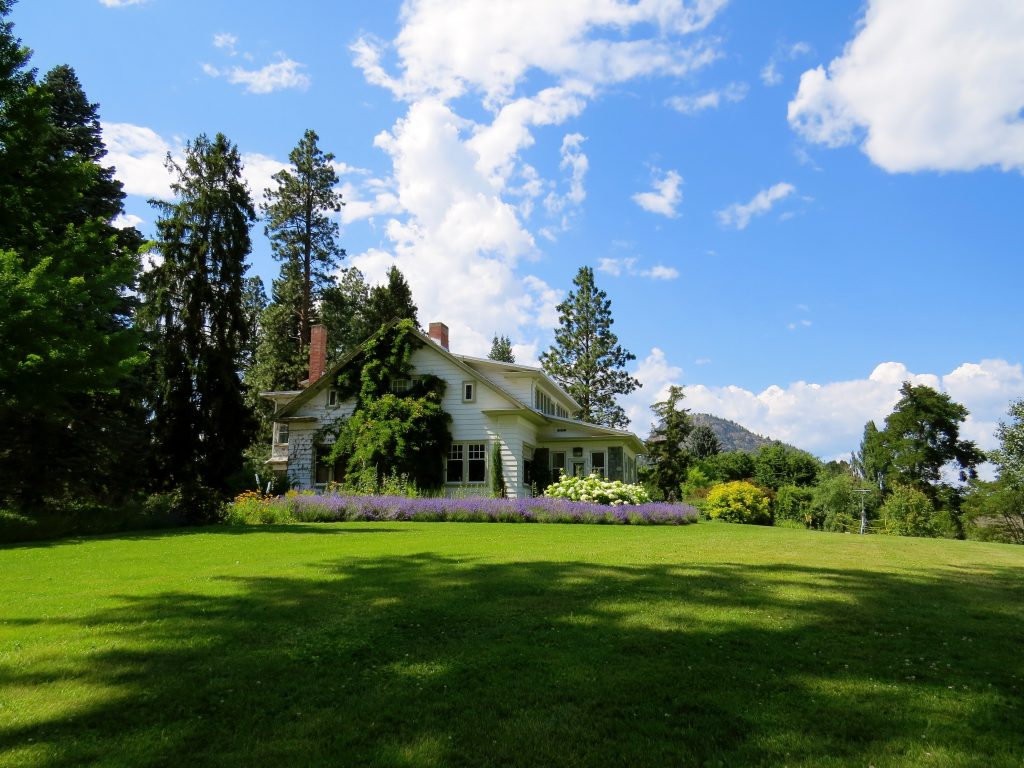
While landscaping may seem like a mysterious science to many, relying on a handful of basic principles or components can help make any piece of property look great. In this post, we’ll go over six components of great landscaping.
Colour
While colour is everywhere, the way you implement it in your landscape will evoke a certain mood or feel. Using a singular, uniform colour will create unity. Utilizing a range of a single colour’s shades will create flow. Contrasting various colours will bring life and vitality to a landscape. Consult a colour wheel to find out which colours naturally work together and how certain colours can create a warm or cool environment.
Line
Line is used to draw focus. Focus can be drawn towards or away using lines. Depending on how you situate your lines, you can make smaller spaces look larger, give your landscape more headroom or draw the eye to an intended focal point. A focal point can create an invisible line or you can use elements such as hedges, trees or fences to create visible lines. Remember that lines don’t always have to be straight.
Shape
A single repetitive shape can bring uniformity and consistency to a landscape, whereas contrasting shapes can be used to add liveliness and action. Smooth-flowing shapes can be used to soften hard edges while more linear-shaped elements can be used to create a more organized feel.
Light
Light and shade are integral components of every landscape. Light, or the lack thereof, can be used to accentuate or hide certain areas of the space you’re working with. When considering light during your landscape planning, it’s important to remember the differences that occur during different parts of the day as well as across the seasons.
Scale
Implementing elements of different scales can alter the entire look of a landscape. It’s important to keep the various elements proportionate to the space you’re working with. Proportion can be used to make a space appear larger or draw attention towards or away from specific elements.
Symmetry
Symmetry, and its counterpart, asymmetry, can be used to create calm or discord in the mind of the viewer. Symmetry brings balance to the human mind, whereas asymmetry elicits a slight sense of disorder.
